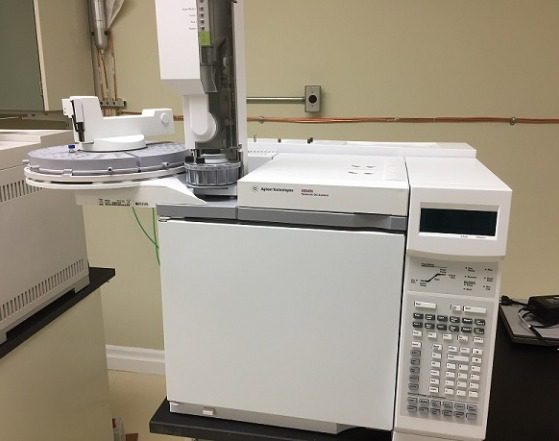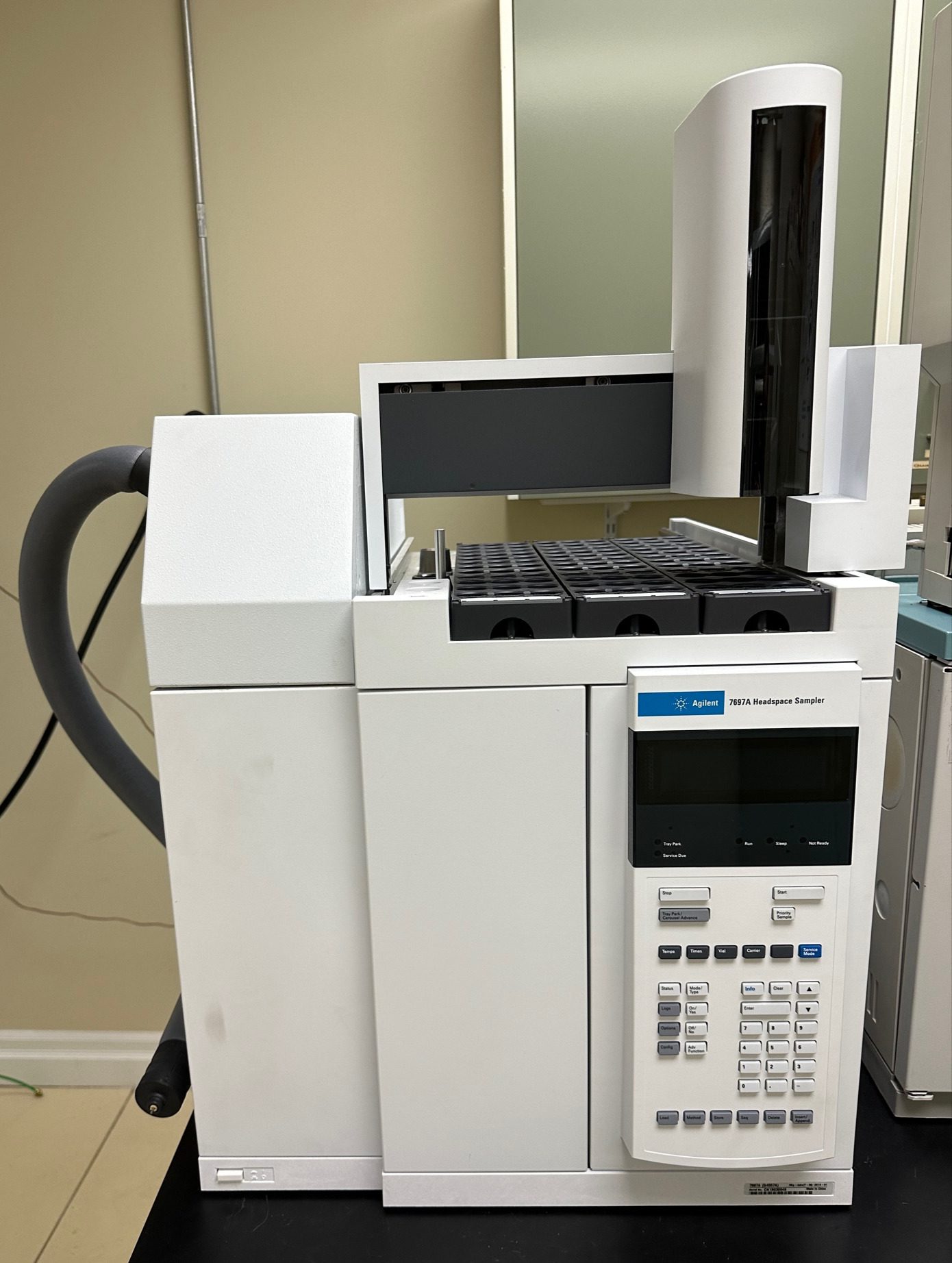Gas Chromatography
Gas chromatography is one of the most well-established analytical separation techniques available. It is used to separate and analyze volatile compounds using a variety of inlets, columns, and detectors such as TCD, FID, NPD, ECD, and MS. We provide a selection of models of pre-owned Agilent GC systems with the inlet/detectors and accessories needed for your applications.
We also install GC hardware and plumbing, such as gas-switching valves and shut-off valves. If you would like a quote or more information on a GC system, contact us today and talk to one of our expert consultants.

Agilent 6890 A/PLUS/N (G1530A, G1540A)
The Agilent 6890 was introduced in 1996. When introduced, the 6890 was the first Electronic Pneumatic Control (EPC) system. The EPC system allowed for the adjustment of the internal systemic conditions based on the ambient temperature and barometric conditions of its surroundings. This enabled better retention times and peak area/height reproducibilities. This technological development allowed the 6890 to grow into the most popular GC system for laboratories around the world.

Agilent 7890 A/B & 8890
Agilent 7890
The Agilent 7890 A/B is a newer GC model intended to replace the 6890. It possesses improvements such as greater sensitivity, lower noise, and better retention times due to its 5th-generation EPC system. It also allows for the addition of a third detector (TCD). It possesses a multimode inlet that is split/splitless, has temperature ramping, and has large volume injection capabilities. These updates allow for greater utility.
Agilent 8890
The Agilent 8890 is the newest GC model released to date. It possesses improvements over the 7890 such as the 6th generation EPC. This microchannel-based EPC prevents gas-based contamination of the EPC system. This increases the reliability of the EPC and its associated maintenance costs. It also possesses more advanced and automated diagnostics that monitors the instrument’s health.
What is Headspace?
Headspace (static) is a sampling technique that involves the determination of volatile compounds found in solid/liquid samples. This is done through heating the sample and subsequently analyzing its vapour phase. It is commonly combined with gas chromatography as an injection technique. It is an effective method for obtaining clean analytes from dirty samples.

Agilent Headspaces Models 7694, G1888A, 7697A, 8697A
Agilent 7694
The HP/Agilent 7694 (G1289A/1290A) came with two flow path options, the stainless and silico steel flow paths. It is used extensively for residual solvent testing in industries such as pharmaceutical and cannabis. It is an ideal sample introduction technique for volatile compounds. This headspace comes with an optional 44-sample tray.
Agilent G1888A
The G1888A is standard with silicon steel. The instrument uses this inert sample pathway for greater analysis performance, with less analyte degradation when sampling. It can run 70 samples consecutively at higher temperatures than the 7694.
Agilent 7697A
The Agilent 7697A is an upgrade to the previous models, designed to work with the 7890. It includes an automatic leak check, which improves precision and sensitivity. It also allows hydrogen to be used as a carrier gas.
Agilent 8697A
The Agilent 8697 is the newest module of headspace released by Agilent. The module uses a microchannel-based Electronic Pneumatic Control (EPC) to perform atmospheric compensation, which minimizes carryover and variability. The 8697 also possesses greater systemic integration between the HS and GC modules. The headspaces’ increased diagnostic capabilities allow for quick and easy maintenance.
